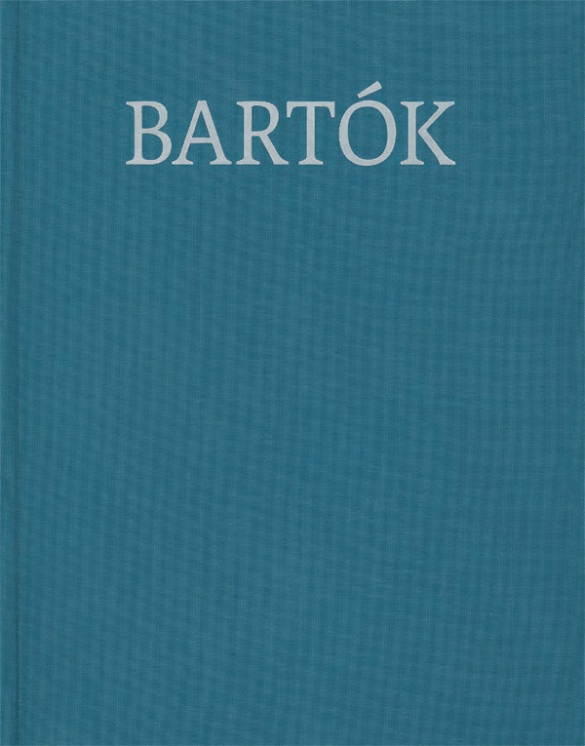

Béla Bartók
Vol. 40 | Mikrokosmos
Alongside Mikrokosmos, and following For Children (HN 6200) and Works for Piano 1914–1920 (HN 6202), the third volume of piano works and another major work by Bartók is now appearing in the Complete Edition. It was edited by Japanese musicologist Yusuke Nakahara, who was trained at the Liszt Academy in Budapest. As an expert on Bartók, he has worked intensively on Mikrokosmos and supported the work at the Complete Edition at the Budapest Bartók Institute for several years. The collection, which is designed for teaching with a gradual increase in difficulty, deals not only with technical aspects of playing but also with the basics of a composer´s work: ranging from compositional techniques as in Ostinato, Free Variations or Imitation and Reversal to programmatic ideas in From the Diary of a Fly or the famous Six Dances in Bulgarian Rhythm, which form the furious conclusion to this central 20th century-work. The 153 numbers of the main text are supplemented by the exercises Bartók designed for individual pieces, as well as his preface and some notes he wrote down for the first edition. The detailed introduction to the Complete Edition volume by Yusuke Nakahara (English / Hungarian / German) not only deals with the genesis of the work and its biographical context, but also provides – as always in the Bartók Complete Edition – a separate chapter on Notation and Performance, which provides important information on the practical performance of the musical text. The footnotes to the musical text point out and classify musically interesting variants from the extensive tradition.
Content/Details
About the Composer
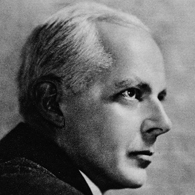
Béla Bartók
This composer, who numbers among the most important musical figures in the first half of the twentieth century, is known principally for his research into Hungarian folk music, the elements of which he incorporated into his style. His broad oeuvre includes numerous works for orchestra, piano, and chamber ensembles, as well as choral music; songs with piano accompaniment; and an opera.
| 1881 | Born in Nagyszentmiklós on March 25. First piano instruction from his mother. |
| 1893–ca. 1896 | Piano studies with László Erkel in Pressburg (Bratislava). |
| 1899–1903 | Studies piano and composition at the Budapest Academy of Music. Symphonic poem “Kossuth” in 1903. |
| from 1905 | Together with Zóltan Kodály he begins scientific field research into Hungarian folk music and thereby refutes conventional notions. He becomes acquainted with the music of Debussy. |
| 1905–07 | Suite No. 2, Op. 4, for small orchestra. |
| 1907–34 | Professor of piano in Budapest. |
| 1908–09 | “For Children,” 85 transcriptions of folk songs for piano, later only 79. |
| 1915–17 | String Quartet No. 2, Op. 17, with percussive playing techniques. |
| 1917 | Premiere of his ballet “The Wooden Prince.” |
| 1918 | Premiere of “Bluebeard’s Castle,” Op. 11 (composed 1911), partially based on the sounds of French music. |
| 1920 | Improvisations on Hungarian Peasant Songs, Op. 20. |
| 1926 | Performance of the pantomime “The Miraculous Mandarin.” Piano cycle “Out of Doors.” |
| 1926–39 | “Mikrokosmos” for piano (six volumes). |
| from 1934 | Editor of the complete edition of Hungarian folk music. |
| 1936 | Music for Strings, Percussion and Celesta as avant-garde work. |
| 1937–38 | Concerto (No. 2) for violin and orchestra. |
| 1940 | Emigrates to the United States. |
| 1945 | Piano Concerto No. 3; his concerto for viola remains unfinished. Death in New York on September 26. |
Product Safety Informations (GPSR)

G. Henle Verlag
Here you can find the information about the manufacturer of the product.G. Henle Verlag e.K.
Forstenrieder Allee 122
81476 München
Germany
info@henle.de
www.henle.com
recommendations
autogenerated_cross_selling


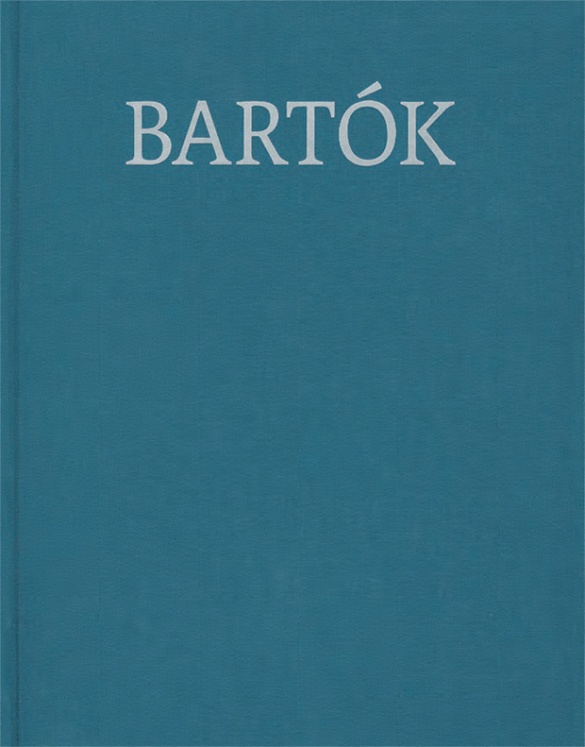
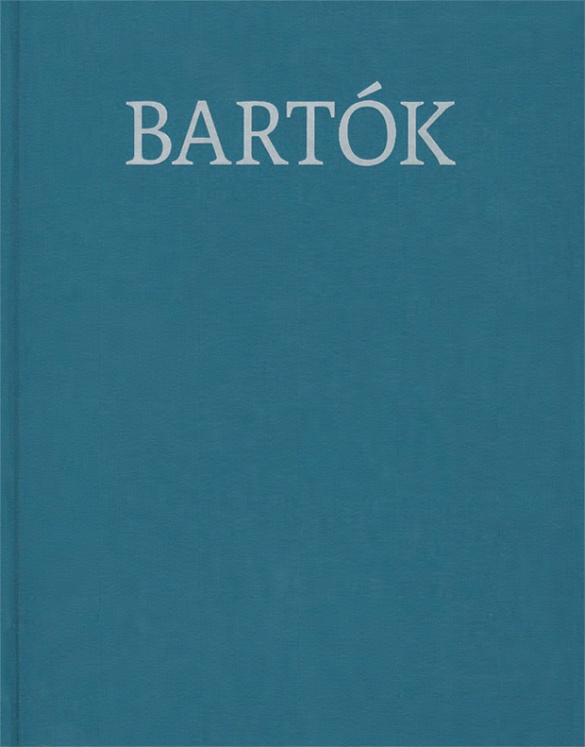
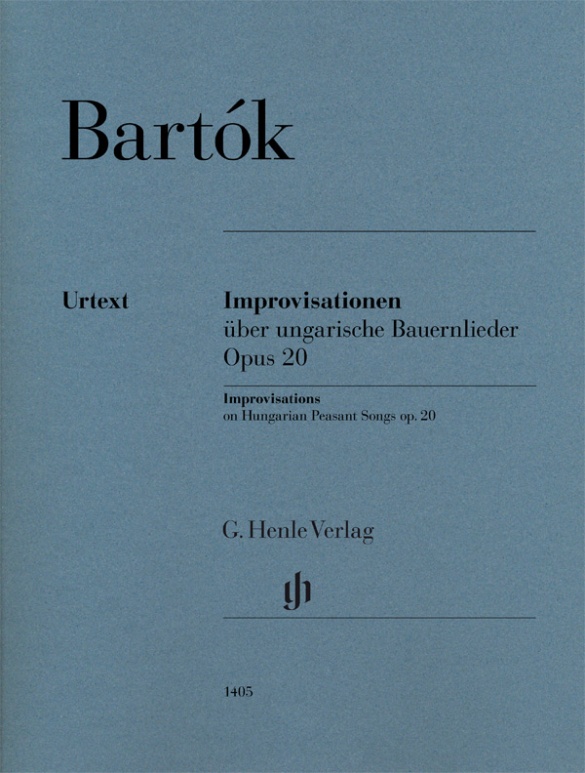

No distribution rights for Hungary